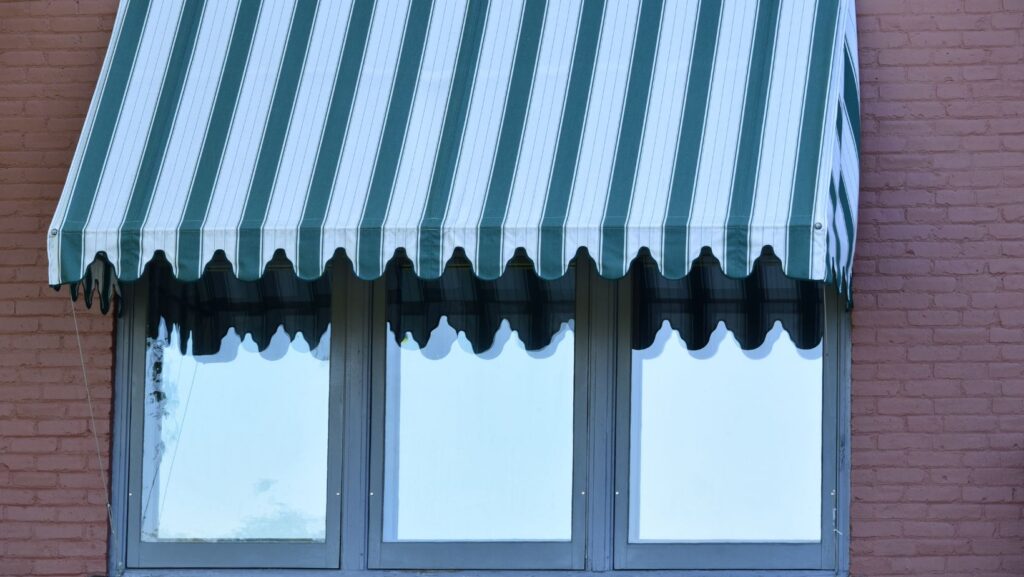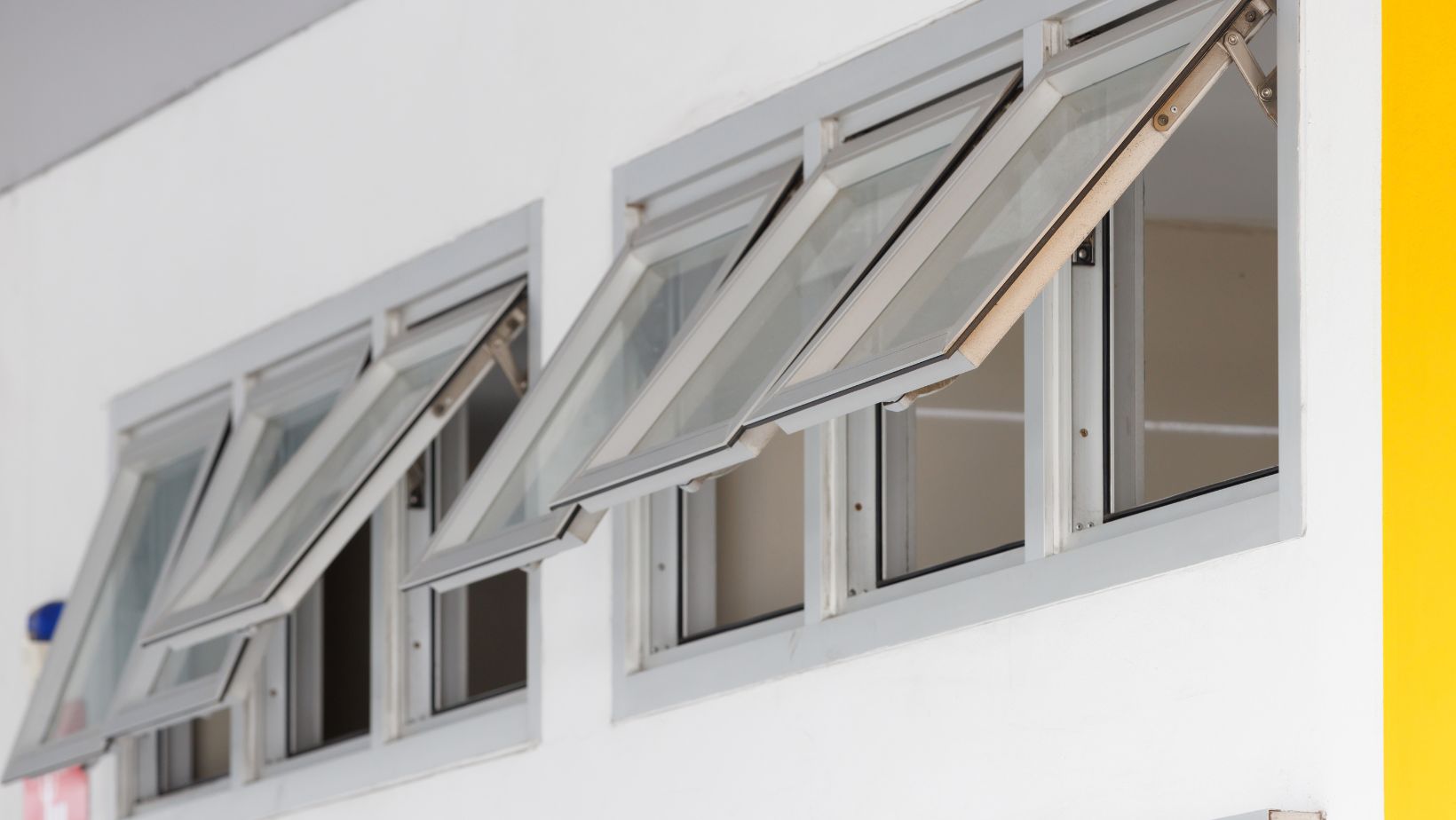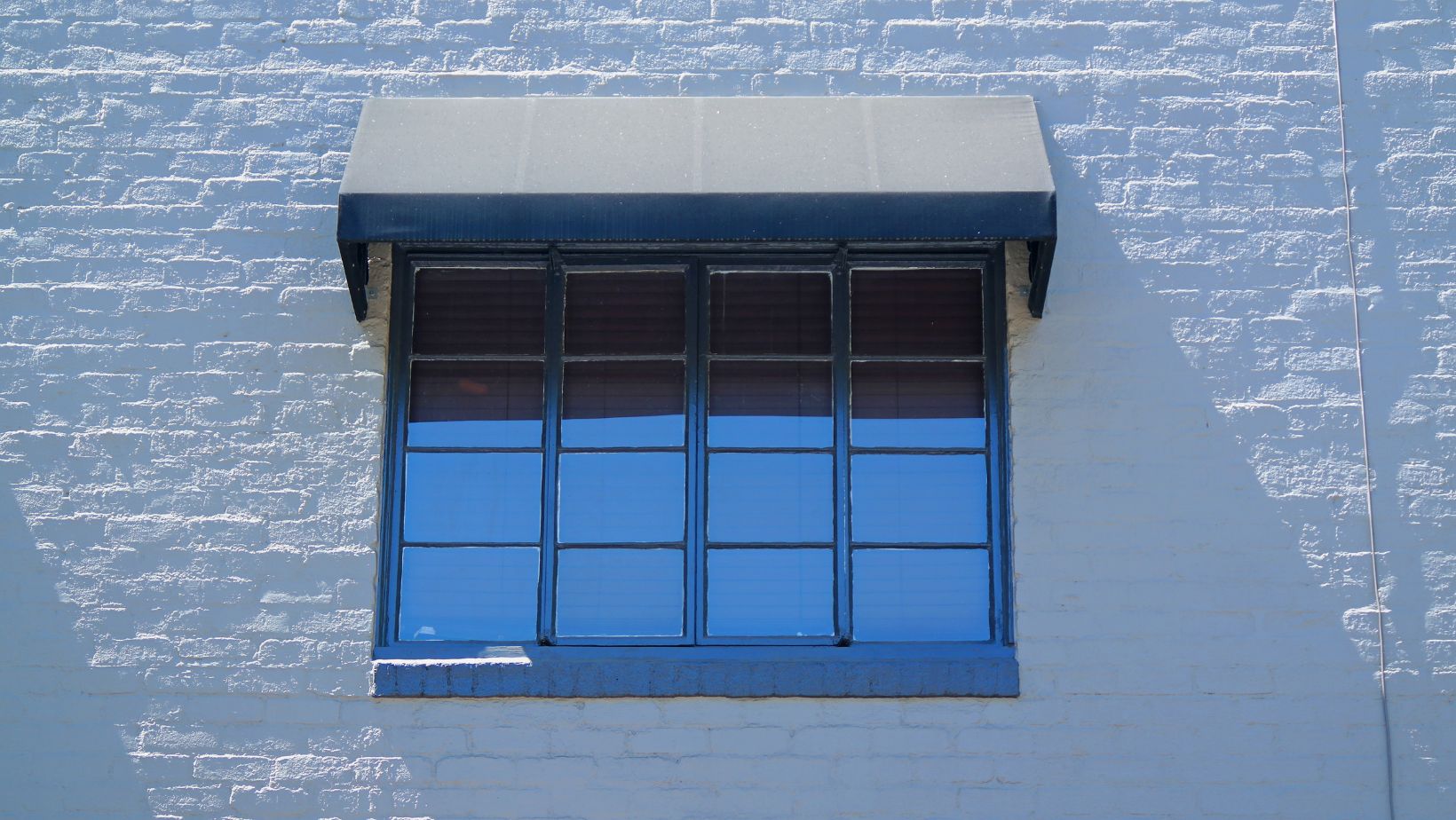
Awning windows establish excellent controlled ventilation solutions for buildings using clever hinged sash articulation, preventing weather elements from entering rooms while harnessing breezes cooling indoor spaces. Side benefits include good fire escape compliance plus architectural facade styling flexibility from frame shape options.
Below are key awning window characteristics, positioning principles, framing materials, and size guidelines that help homeowners utilize unique airflow advantages, lowering energy costs through selective natural cooling and minimizing air conditioner usage.
1.How Awning Windows Differ From Other Window Types
What are awning windows? Unlike traditional casement styles featuring side-hinged sashes, awnings incorporate clever top-hinged articulating glass panels that push outward from bottoms at sloped angles. This effectively shields opening gaps from direct rainfall exposure while allowing angled updraft air to enter rooms, providing ventilation during wet weather.
Intelligent position-specific installations prevent issues from out-swinging casements blowing precipitation inside buildings when facing the wrong direction during stormy conditions.
2. Ideal Awnings Building Applications
Coastal dwellings exposed to wind-driven rains need awning models using articulation mechanics to prevent water ingress through window openings, avoiding soaked interiors and potential wall damage.
Over-stove cooktops ventilate excellently utilizing steeply pitched high-mounted awning styles, clearing updraft grease and food steam out rangehood gaps without drenching cabinetry beneath, hence avoiding messes.
3. Awnings Orientation And Positioning
Awnings placement decisions optimize natural ventilation paths, considering seasonal wind characteristics when determining the best locations, harnessing breezes through reserved openings, and not battling Mother Nature.
Ideally, face prevailing winds blowing towards exposures but not against winds, which could drive precipitation inside joints around the perimeter. Account for external architectural sun shade overhangs potentially obstructing full opening angles.
4. Awning Framing Material Types
Modern awning windows offer homeowners a wide selection of durable framing materials and operating hardware options to match unique preferences and budgets, including:
Maintenance-free uPVC vinyl frame composites utilizing chemical solid bonds and impact modifiers create durable weatherproof products in white or brown finishes requiring no paint upkeep.
Thermally non-conductive fiberglass pultrusions are shaped into window frames to efficiently bridge indoor and outdoor temperatures for superior insulation performance.
Structural wood frames for period-style architectural alignments featuring solid natural timber species like mahogany and oak carry heritage curb appeal.
Commercial-grade aluminum awning framing delivers narrow site lines that suit modern window wall appearances and condensation resistance.
5. Get Maximum Airflow With Multiple Awning Sets
Combine companion awning sets on either side of larger fixed picture models, gaining a dramatic staircase-stepped appearance while harnessing maximum width exposure for increased crossflow ventilation impossible to achieve by other units.
Grouped-together, assembly combinations add curb appeal, visually breaking up plain expanses and benefiting various rooms.
6. Ideal Awning Sizes
Awnings height and width maximums reach up to 4 feet tall by 4 feet wide if clearance space and structural provisions permit, allowing very generous openings for ventilation and emergency egress compared to smaller 2-foot by 2-foot minimums required by codes useable but less effective.
Bigger always brings better airflow across larger voids. Consider full-length widths for whole wall coverage assembly.
7. Meeting Emergency Egress Codes Easily
Awnings Operation is Easy. Low-force spring-loaded telescopic folding handles mean anyone unable to open stubborn old-fashioned casement window winding operators gains independence through easy touch awning hardware operation.
Meeting life safety exit dimension codes is achieved by installing sufficiently sized awning units with minimum widths and heights where occupants sleep.
8. Control Airflow Directionality
Intelligent sideways bottom-hinged design purposefully prevents direct windblown rainfall from outside during extreme weather by deflecting currents out and upwards overhanging space below the top frame.
Ventilation directionality management gives awnings superior performance in controlling admission angles, benefiting rooms against basic side-hung casements lacking articulation finesse.
9. Additional Awnings Benefits
Supplementary advantages awnings introduce into homes include:
Frame shape customization flexibility from triangles to octagons expands architectural creativity for unique appearances.
The protruding top overhang shade prevents intensely high sun from glaring through the glass, lowering AC costs.
10. Awning Installation Considerations
Understanding important awning terminology like “slope pitch” and “friction” helps homeowners communicate clearly with window dealers, ensuring tilt angles get correctly customized, matching aesthetic visions and ventilation performance functionality for applications.
Too low or steep slopes risk appearance or rain ingress problems.














